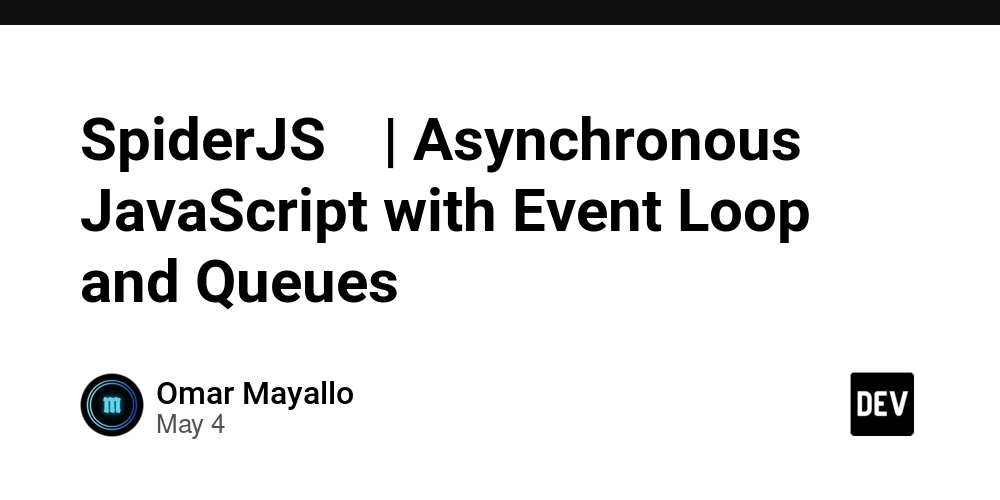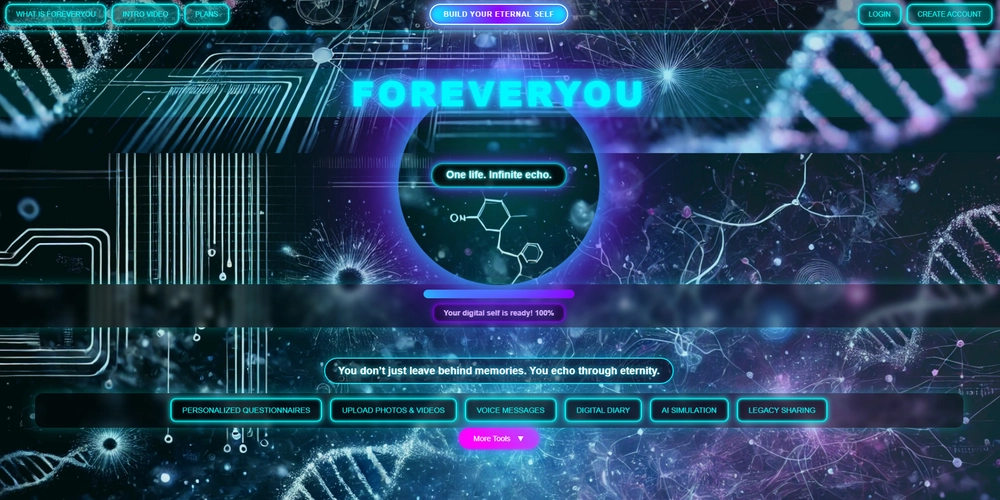Understanding Abstraction in Python: Simplifying Complexity
Introduction Abstraction is one of the core concepts in Object-Oriented Programming (OOP) and software development in general. It’s a powerful tool that allows developers to manage complexity by hiding unnecessary details and exposing only what’s essential. But how does abstraction differ from encapsulation, and why is it so important? In this article, we’ll explore the concept of abstraction, how it works in Python, and why it’s crucial for writing clean, maintainable code. What is Abstraction? At its core, abstraction is about creating a simple interface for complex behavior. It allows developers to interact with a system or component without needing to understand the intricate details of how it works. By focusing on what is necessary and hiding the rest, abstraction reduces complexity and makes software easier to use and maintain. Abstraction vs. Encapsulation You might be thinking, “This sounds a lot like encapsulation.” And you’re right—abstraction and encapsulation are closely related concepts, but they serve slightly different purposes. Abstraction is about creating a clear and simple interface for complex systems. It’s concerned with what is exposed to the user and how they interact with it. Encapsulation is about hiding the internal state and implementation details. It focuses on tucking away the inner workings so that no one depends on them. While abstraction reduces complexity, encapsulation maintains the integrity of the system internals. In practice, you’ll often find yourself doing both at the same time. Abstraction in Action Let’s look at a simple example of abstraction using Python’s built-in libraries. Suppose you want to generate a random number in Python. The random library provides a simple interface to do just that: import random attack_damage = random.randrange(5) Generating random numbers is actually a complex problem that involves hardware, operating systems, and algorithms. But as a user of the random library, you don’t need to worry about any of that. The complexity is abstracted away, and you interact with a simple function, randrange, which gives you what you need—a random number between 0 and 4. Abstraction in Libraries Good abstractions are especially important when writing libraries for other developers to use. When you create an abstraction, you’re essentially making a promise: “This is how you can use this tool, and it will work consistently.” Breaking that promise by changing the abstraction later can have disastrous consequences. Imagine if the developers of Python’s random library suddenly changed the parameters for randrange. Code across the world would break! That’s why creating good abstractions is crucial, especially in widely-used libraries. It simplifies the user’s experience while ensuring that the underlying complexity is handled correctly. The Power of Abstraction in OOP In Object-Oriented Programming, classes are a great example of abstraction. A class groups data (attributes) and behavior (methods) together into a single entity that models a real-world concept. For instance, if you’re writing a game, you might create a Human class: class Human: def __init__(self, name, age): self.name = name self.age = age def walk(self): return f"{self.name} is walking." john = Human("John", 30) print(john.walk()) # Output: John is walking. In this example, the Human class abstracts the complexity of what it means to be a human. The user of this class doesn’t need to know how walking is implemented; they just call the walk method, and it works. Abstraction vs. Functional Programming While OOP focuses on modeling real-world entities through classes and objects, functional programming takes a different approach. Functional programmers often think in terms of inputs and outputs, focusing on how data transforms as it flows through functions. For example, in a functional programming paradigm, you might focus on how the state of a game changes when a human takes a step: def take_step(position): return position + 1 position = 0 position = take_step(position) print(position) # Output: 1 Both paradigms—OOP and functional programming—have their strengths, and understanding both can make you a more versatile developer. When to Use Abstraction Simplifying Complex Systems If you’re dealing with a system that has a lot of moving parts, abstraction can help simplify your interactions with it. By creating clear, easy-to-use interfaces, you reduce the cognitive load on yourself and other developers. For example, if you’re building an e-commerce platform, you might create an abstraction for processing payments. The complexity of handling different payment gateways, currencies, and fraud checks can be hidden behind a simple interface like process_payment(order), allowing the rest of your codebase to stay clean and focused.

Introduction
Abstraction is one of the core concepts in Object-Oriented Programming (OOP) and software development in general. It’s a powerful tool that allows developers to manage complexity by hiding unnecessary details and exposing only what’s essential. But how does abstraction differ from encapsulation, and why is it so important? In this article, we’ll explore the concept of abstraction, how it works in Python, and why it’s crucial for writing clean, maintainable code.
What is Abstraction?
At its core, abstraction is about creating a simple interface for complex behavior. It allows developers to interact with a system or component without needing to understand the intricate details of how it works. By focusing on what is necessary and hiding the rest, abstraction reduces complexity and makes software easier to use and maintain.
Abstraction vs. Encapsulation
You might be thinking, “This sounds a lot like encapsulation.” And you’re right—abstraction and encapsulation are closely related concepts, but they serve slightly different purposes.
- Abstraction is about creating a clear and simple interface for complex systems. It’s concerned with what is exposed to the user and how they interact with it.
- Encapsulation is about hiding the internal state and implementation details. It focuses on tucking away the inner workings so that no one depends on them.
- While abstraction reduces complexity, encapsulation maintains the integrity of the system internals. In practice, you’ll often find yourself doing both at the same time.
Abstraction in Action
Let’s look at a simple example of abstraction using Python’s built-in libraries. Suppose you want to generate a random number in Python. The random library provides a simple interface to do just that:
import random
attack_damage = random.randrange(5)
Generating random numbers is actually a complex problem that involves hardware, operating systems, and algorithms. But as a user of the random library, you don’t need to worry about any of that. The complexity is abstracted away, and you interact with a simple function, randrange, which gives you what you need—a random number between 0 and 4.
Abstraction in Libraries
Good abstractions are especially important when writing libraries for other developers to use. When you create an abstraction, you’re essentially making a promise: “This is how you can use this tool, and it will work consistently.” Breaking that promise by changing the abstraction later can have disastrous consequences. Imagine if the developers of Python’s random library suddenly changed the parameters for randrange. Code across the world would break!
That’s why creating good abstractions is crucial, especially in widely-used libraries. It simplifies the user’s experience while ensuring that the underlying complexity is handled correctly.
The Power of Abstraction in OOP
In Object-Oriented Programming, classes are a great example of abstraction. A class groups data (attributes) and behavior (methods) together into a single entity that models a real-world concept. For instance, if you’re writing a game, you might create a Human class:
class Human:
def __init__(self, name, age):
self.name = name
self.age = age
def walk(self):
return f"{self.name} is walking."
john = Human("John", 30)
print(john.walk()) # Output: John is walking.
In this example, the Human class abstracts the complexity of what it means to be a human. The user of this class doesn’t need to know how walking is implemented; they just call the walk method, and it works.
Abstraction vs. Functional Programming
While OOP focuses on modeling real-world entities through classes and objects, functional programming takes a different approach. Functional programmers often think in terms of inputs and outputs, focusing on how data transforms as it flows through functions.
For example, in a functional programming paradigm, you might focus on how the state of a game changes when a human takes a step:
def take_step(position):
return position + 1
position = 0
position = take_step(position)
print(position) # Output: 1
Both paradigms—OOP and functional programming—have their strengths, and understanding both can make you a more versatile developer.
When to Use Abstraction
Simplifying Complex Systems
If you’re dealing with a system that has a lot of moving parts, abstraction can help simplify your interactions with it. By creating clear, easy-to-use interfaces, you reduce the cognitive load on yourself and other developers.
For example, if you’re building an e-commerce platform, you might create an abstraction for processing payments. The complexity of handling different payment gateways, currencies, and fraud checks can be hidden behind a simple interface like process_payment(order), allowing the rest of your codebase to stay clean and focused.
Designing Reusable Code
Abstraction is also key when designing reusable components or libraries. By providing a consistent and simple API, you make it easier for others (or your future self) to use your code in different contexts.
For instance, Python’s built-in pow function is an abstraction that hides the complexity of exponentiation:
result = pow(2, 3) # Output: 8
You don’t need to know how Python calculates 2^3 internally; you just use the pow function.
Protecting Against Change
Abstraction can also serve as a buffer against changes in your code. By defining a clear interface, you can change the underlying implementation without affecting the rest of your codebase. This makes your code more maintainable and less prone to breaking when updates are needed.
Conclusion
Abstraction is a powerful concept that simplifies complexity and makes your code more manageable. By creating clear, simple interfaces and hiding unnecessary details, abstraction allows you to focus on what really matters: solving problems. Whether you’re working with built-in libraries, designing your own classes, or developing reusable components, mastering abstraction will help you write cleaner, more maintainable code.
While abstraction and encapsulation are closely related, they emphasize different aspects of the same principle. Abstraction focuses on reducing complexity, while encapsulation is about protecting the internal state of your system. Both are essential tools in a developer’s toolkit, and understanding how to use them effectively will make you a better programmer.





































































































































































![[The AI Show Episode 145]: OpenAI Releases o3 and o4-mini, AI Is Causing “Quiet Layoffs,” Executive Order on Youth AI Education & GPT-4o’s Controversial Update](https://www.marketingaiinstitute.com/hubfs/ep%20145%20cover.png)



























































































































![[DEALS] Microsoft 365: 1-Year Subscription (Family/Up to 6 Users) (23% off) & Other Deals Up To 98% Off – Offers End Soon!](https://www.javacodegeeks.com/wp-content/uploads/2012/12/jcg-logo.jpg)




![From Art School Drop-out to Microsoft Engineer with Shashi Lo [Podcast #170]](https://cdn.hashnode.com/res/hashnode/image/upload/v1746203291209/439bf16b-c820-4fe8-b69e-94d80533b2df.png?#)









































































































(1).jpg?#)































_Inge_Johnsson-Alamy.jpg?width=1280&auto=webp&quality=80&disable=upscale#)











































































































![Apple to Split iPhone Launches Across Fall and Spring in Major Shakeup [Report]](https://www.iclarified.com/images/news/97211/97211/97211-640.jpg)
![Apple to Move Camera to Top Left, Hide Face ID Under Display in iPhone 18 Pro Redesign [Report]](https://www.iclarified.com/images/news/97212/97212/97212-640.jpg)
![Apple Developing Battery Case for iPhone 17 Air Amid Battery Life Concerns [Report]](https://www.iclarified.com/images/news/97208/97208/97208-640.jpg)
![AirPods 4 On Sale for $99 [Lowest Price Ever]](https://www.iclarified.com/images/news/97206/97206/97206-640.jpg)

































![[Updated] Samsung’s 65-inch 4K Smart TV Just Crashed to $299 — That’s Cheaper Than an iPad](https://www.androidheadlines.com/wp-content/uploads/2025/05/samsung-du7200.jpg)


































































![Oracle 23ai on ARM [ Release 23.0.0.0.0 - Develop, Learn, and Run for Free ]](https://media2.dev.to/dynamic/image/width%3D1000,height%3D500,fit%3Dcover,gravity%3Dauto,format%3Dauto/https:%2F%2Fdev-to-uploads.s3.amazonaws.com%2Fuploads%2Farticles%2Fusxsb9j32kk2td3uvt5s.png)
